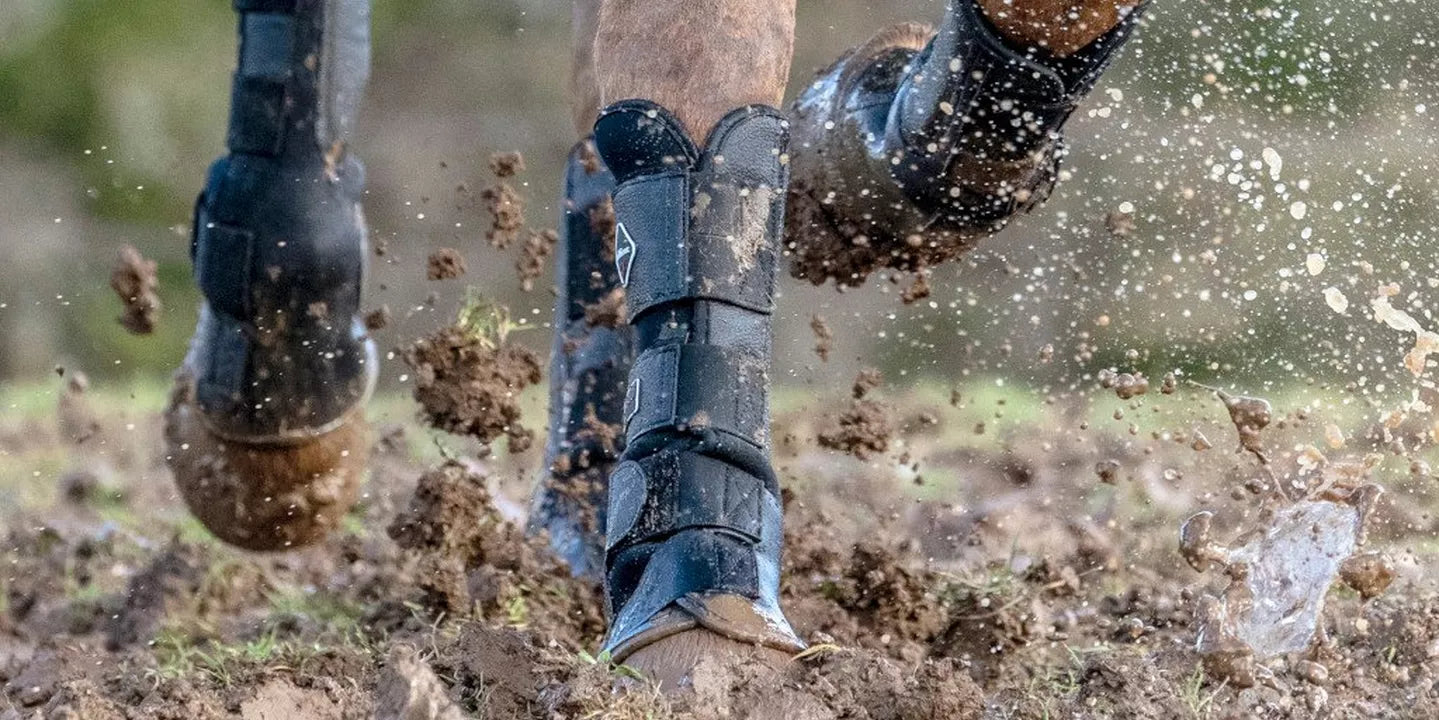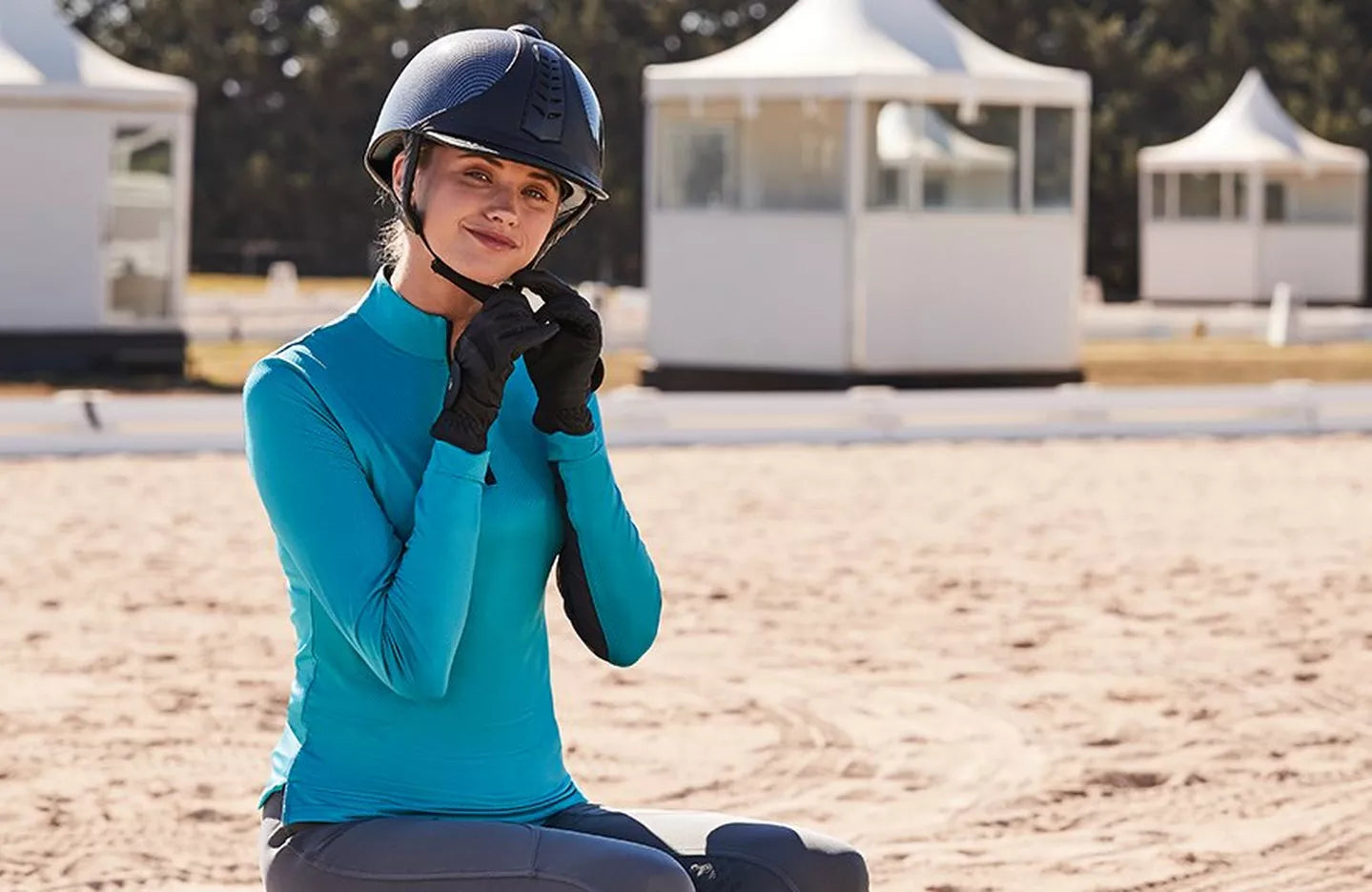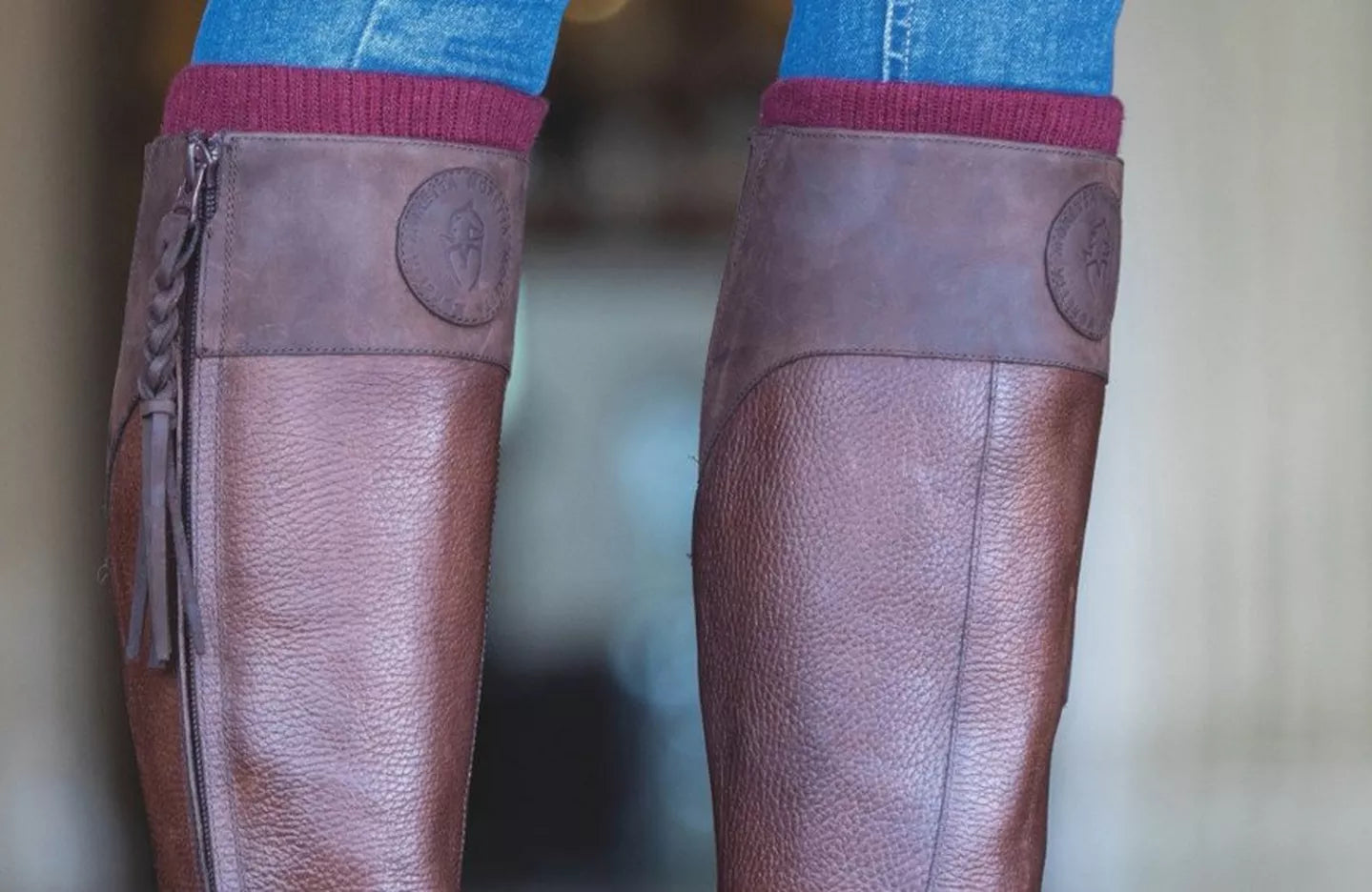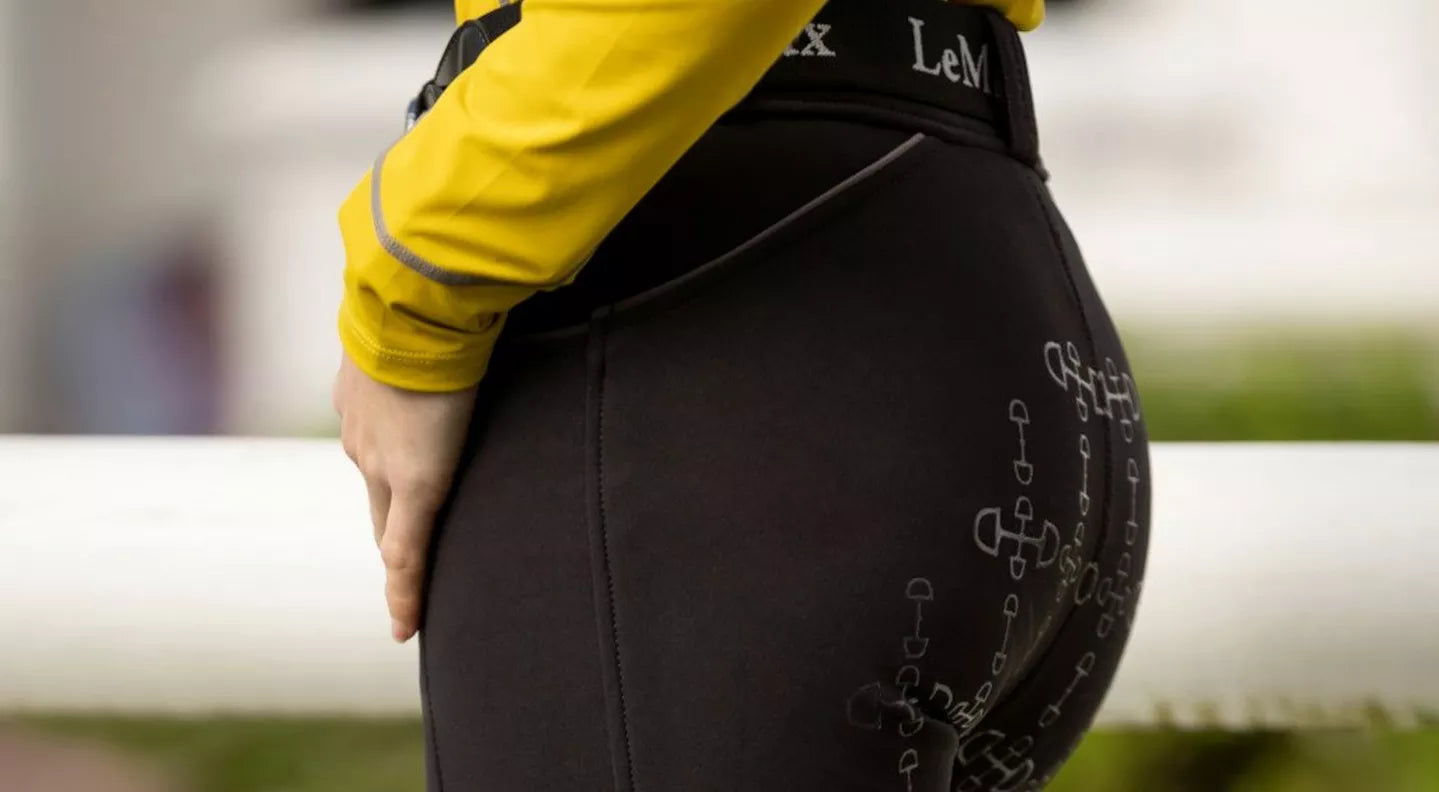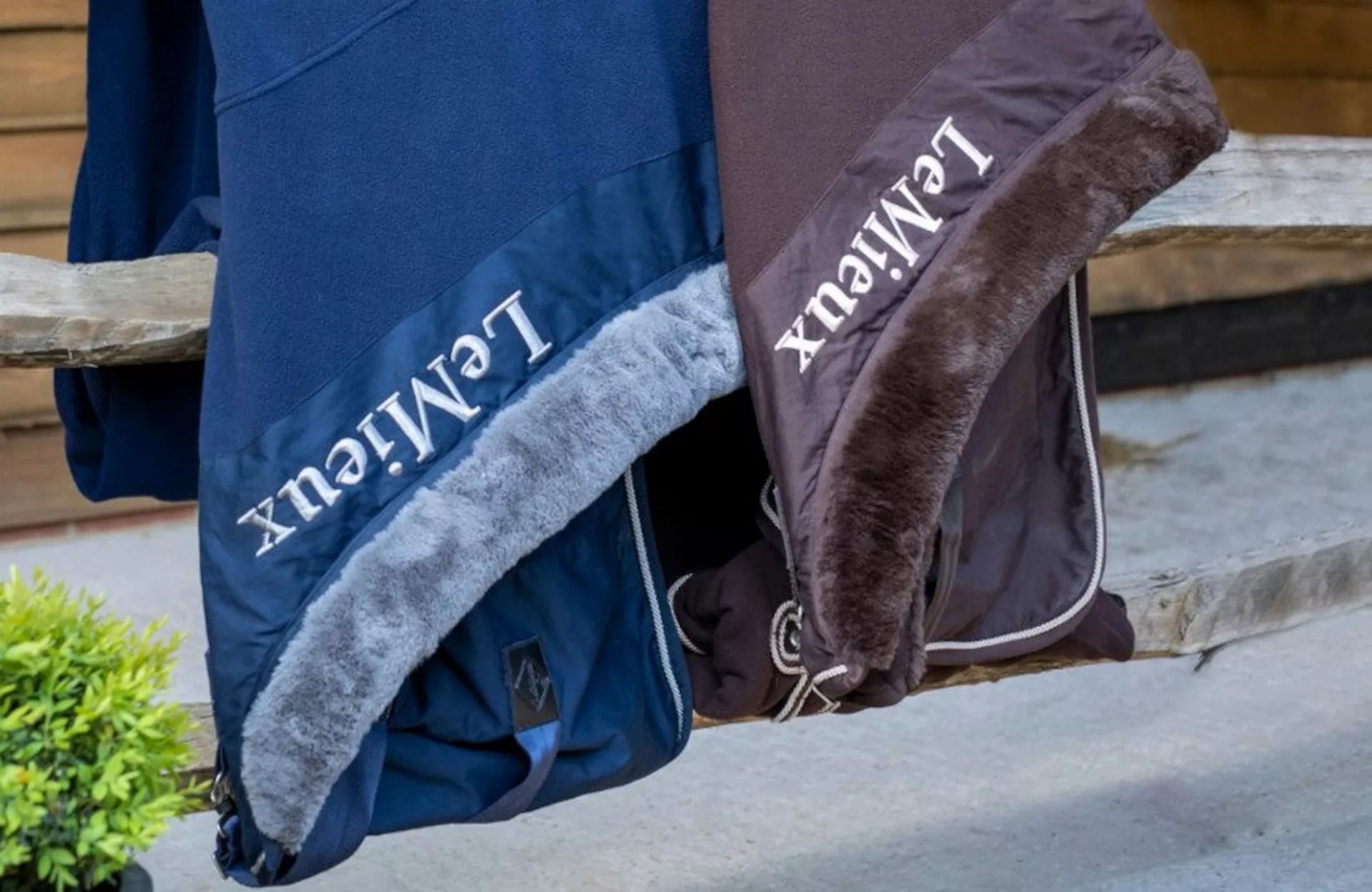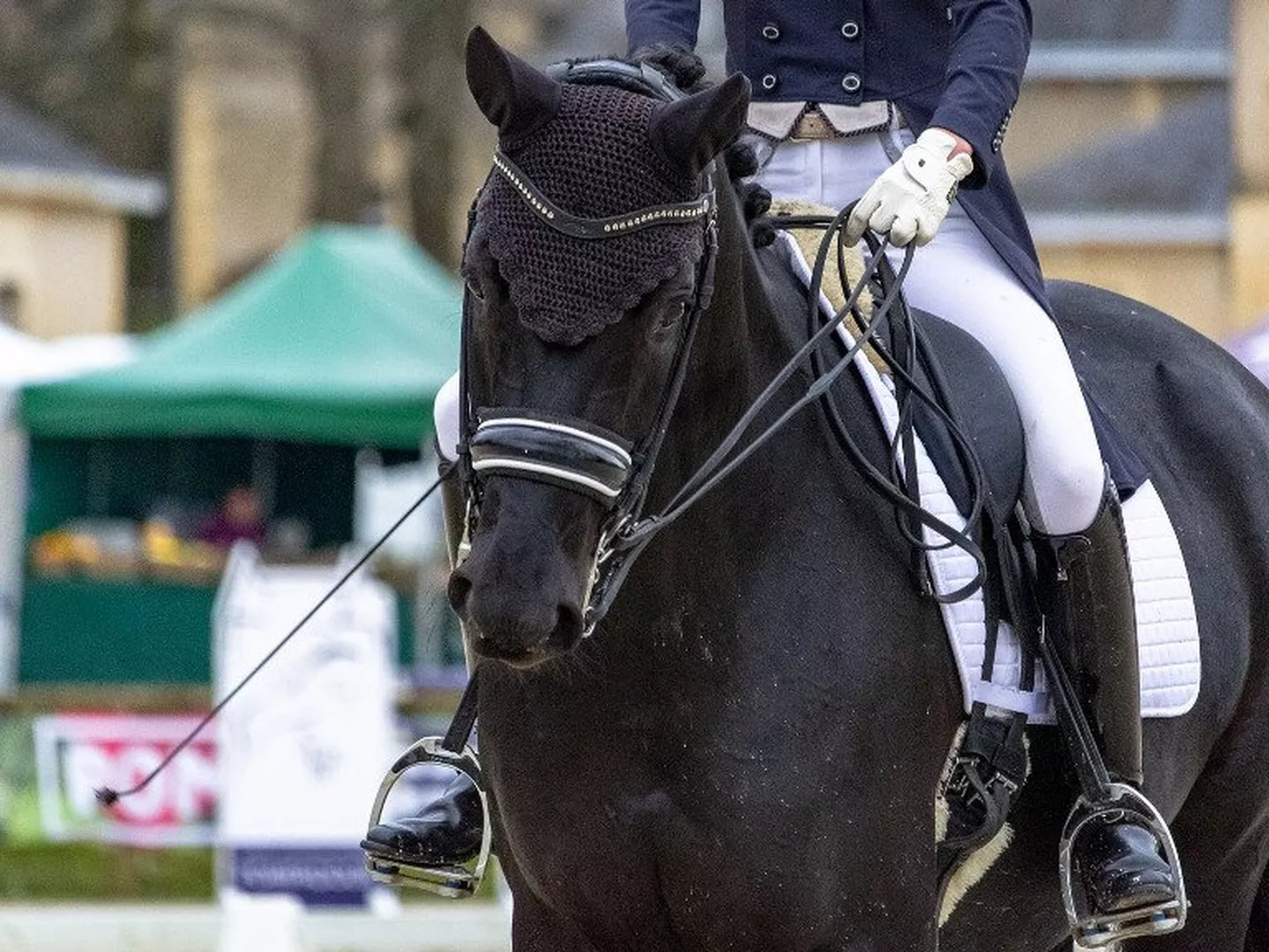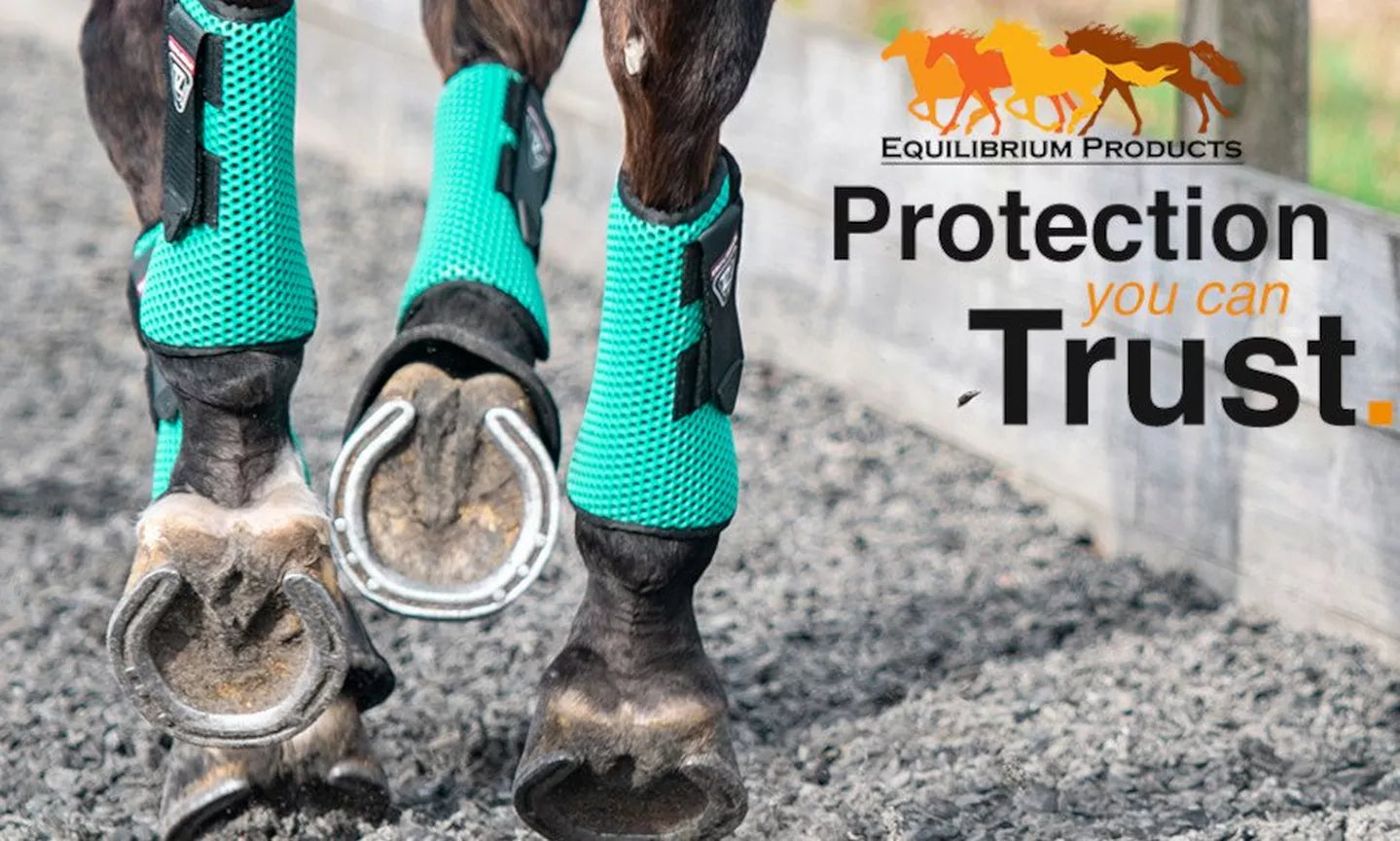At some time or another, most of us have come across a horse who suffers from mud fever. The thing is, getting ahead of this painful seasonal condition is no easy task. When we’re not sure what steps to take next, it can be hard to know where to turn for honest and reliable advice. That’s why over on our Facebook and Instagram pages we asked you what mud fever questions you’d like us to answer. Keep reading to see if we’ve covered yours!
Q. Should I clip my horse’s legs?
A. Yes. As a general rule, it’s better to clip your horse’s legs if they suffer from mud fever. Mud fever is more common in feathered breeds because their legs take much longer to dry off. When wet, skin softens. This increases the risk of cuts and abrasions, making it easier for the bacteria found in mud to penetrate. Not only do feathers increase the likelihood of mud fever but they hide a multitude of sins, so small sores can easily go unnoticed until they’re much more extreme. They also make it tricky to treat the affected area as it’s almost impossible to get the antibacterial creams directly on the skin.

If your horse is suffering from mud fever, we’d recommend washing their legs with an antibacterial shampoo such as Lincoln Muddy Buddy Scrub or NAF NaturalintX EquiCleanse. Once the legs are dry, clip away the feathers using a small and easily manoeuvrable trimmer, like Liveryman Classics. You should then soak, soften and remove the scabs. Once you’ve done this, treat the sores with a wound cream like NAF MSM Ointment.



Q. Can I turn my horse out with mud fever?

A. Ideally, no. If your horse has mud fever, it's best to leave them stabled until it's fully healed. During treatment, you'll need to soften and remove any scabs that have formed,these will often have sores underneath. While any small open wounds might not look like much to worry about, they're essentially an invitation for bacteria to re-enter your horses body. As a result of this, they make getting on top of the condition almost impossible!
If stabling your horse during treatment isn't an option, you'll need to invest in a good quality pair of turnout boots to completely cover the lower leg, which leads us nicely on to the next question!
Q. Do turnout boots rub?
A. Not when they're used correctly. A lot of us are reluctant to use turnout boots, seeing them only as a last resort. Primarily, this is because we worry about them rubbing. It's hard to imagine that when our horses are wading through knee deep mud a boot could provide effective protection, right? After-all, surely the mud and water simply get inside the boot and become trapped against the skin. Thankfully, this just isn't the case! Turnout boots are specially designed to stop this happening, providing that they're fitted properly. It's also worth remembering that they shouldn't be used 24/7. Hosing them down and taking them off to dry out is really important.
Take a look at how some of our most popular styles are adapted for boggy fields...

LeMieux Turnout Boots
- Breathable Airprene fabric.
- Waterproof pastern guard.
- Fetlock strike pad.
- Contoured shape to prevent slipping.
- Five straps for security.

Woof Wear Mud Fever Turnout Boots
- Waterproof and breathable upper.
- Close-fitting hoof capsule.
- Kevlar reinforced heel protection.
- PU strike pad.

Arma Mud Socks
- Full lower leg coverage.
- Airflow perforations.
- Close fitting design.
- Soft, flexible and shock absorbing neoprene material.
- 5 straps for security.
Q. Does brushing off the mud prevent mud fever?
A. Brushing the legs clean is always a good idea, but it won't necessarily prevent mud fever. This is a prime example of a situation where doing the right thing, just at the wrong time, can do way more damage than good! Mud fever happens because the bacteria responsible is able to penetrate your horse's skin. This is most likely when the skin is wet, as it's much more delicate. So, you should avoid washing, brushing or towel drying wet, muddy legs.

Instead, apply a water repellent barrier such as NAF Love The Skin He's In Mud Guard or Keratex Mud Shield Powder before turning out. When you bring in, leave your horse's legs to dry out naturally. You can then gently brush away the mud, taking care not to scratch the skin. Something like an Ezi-Groom Detangler or a body brush is best for this.



Although it's not recommended to wash your horse's legs when bringing in, if you do choose to, use an antibacterial soap rather than their usual shampoo. This will ensure that any hidden nasties in the mud are killed, making an infection less likely.

Did we answer your question? If not, be sure to comment, message or email us and we'll do our best to help! You can also head over to our blog: Mud Fever - Symptoms, Prevention and Treatment. You can shop our full range of products online at www.naylors.com or in-store. Don’t forget, if you make a purchase share your pictures with us in the comments or include #NaylorsSnapAndShare on your social posts for the chance to win a Naylors gift card!
